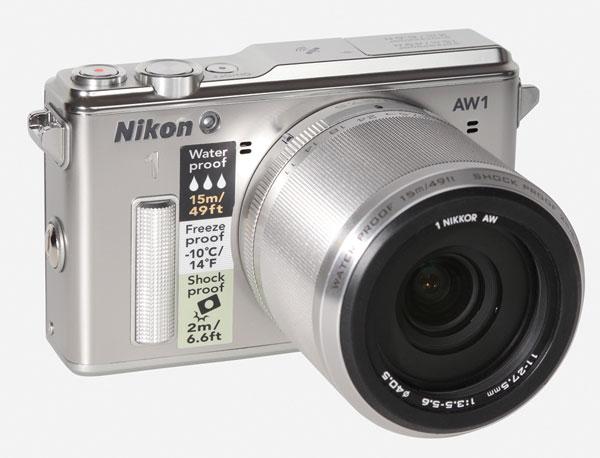Edited by George Schaub
|
Jun 24, 2014 |
First Published: May 01, 2014
|
Jun 10, 2014 |
First Published: May 01, 2014
|
May 15, 2014 |
First Published: Apr 01, 2014
|
May 13, 2014 |
First Published: Apr 01, 2014
|
Apr 21, 2014 |
First Published: Mar 01, 2014
|
Apr 18, 2014 |
First Published: Mar 01, 2014
|
Mar 28, 2014 |
First Published: Feb 01, 2014
|
Mar 25, 2014 |
First Published: Feb 01, 2014
|
Mar 07, 2014 |
First Published: Jan 01, 2014
|
Mar 04, 2014 |
First Published: Jan 01, 2014











